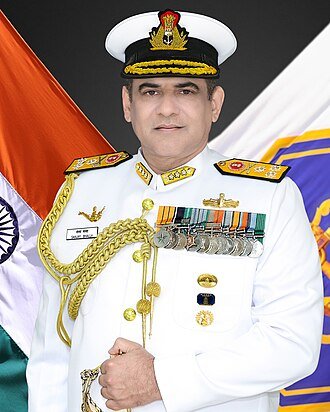
The Army on Mondaycommemorated Infantry Day, also known as Shaurya Diwas, with a solemn wreath-laying ceremony at the National War Memorial in New Delhi, honouring the valour, sacrifice and indomitable spirit of infantry soldiers.
Army Chief General Upendra Dwivedi laid a wreath at the Amar Chakra of the Memorial, paying tribute to those who made the supreme sacrifice in the service of the nation.
Three decorated war veterans — Major Ashish Sonal, Vir Chakra (Retd), a veteran of Operation Pawan in Sri Lanka (1990); Honorary Captain Kunwar Singh, Vir Chakra (Retd), who took part in Operation Meghdoot at Siachen (1989); and Lance Naik Amrit, Vir Chakra (Retd), a participant in Operation Cactus Lily during the 1971 war — also laid wreaths on behalf of Infantry veterans, reaffirming the enduring legacy of gallantry and selfless service.
As part of nationwide celebrations, several events were held to mark the historic occasion, including the Field Marshal KM Cariappa Memorial Seminar in Lucknow, the Shauryaveer Run and a felicitation ceremony for Veer Naris at Delhi Cantonment. An Infantry Magazine, highlighting the Infantry’s multi-dimensional capability development and chronicling heroic sagas, was also released.
Observed annually on October 27, Infantry Day holds a special place in the nation’s history. On this day in 1947, Indian infantrymen were the first troops to land at Srinagar airport. Their subsequent operations repelled the Pakistan-backed invasion and safeguarded India’s territorial integrity. The day stands as a tribute to the Infantry’s steadfast dedication and unmatched valour in defending the nation’s sovereignty.









































































